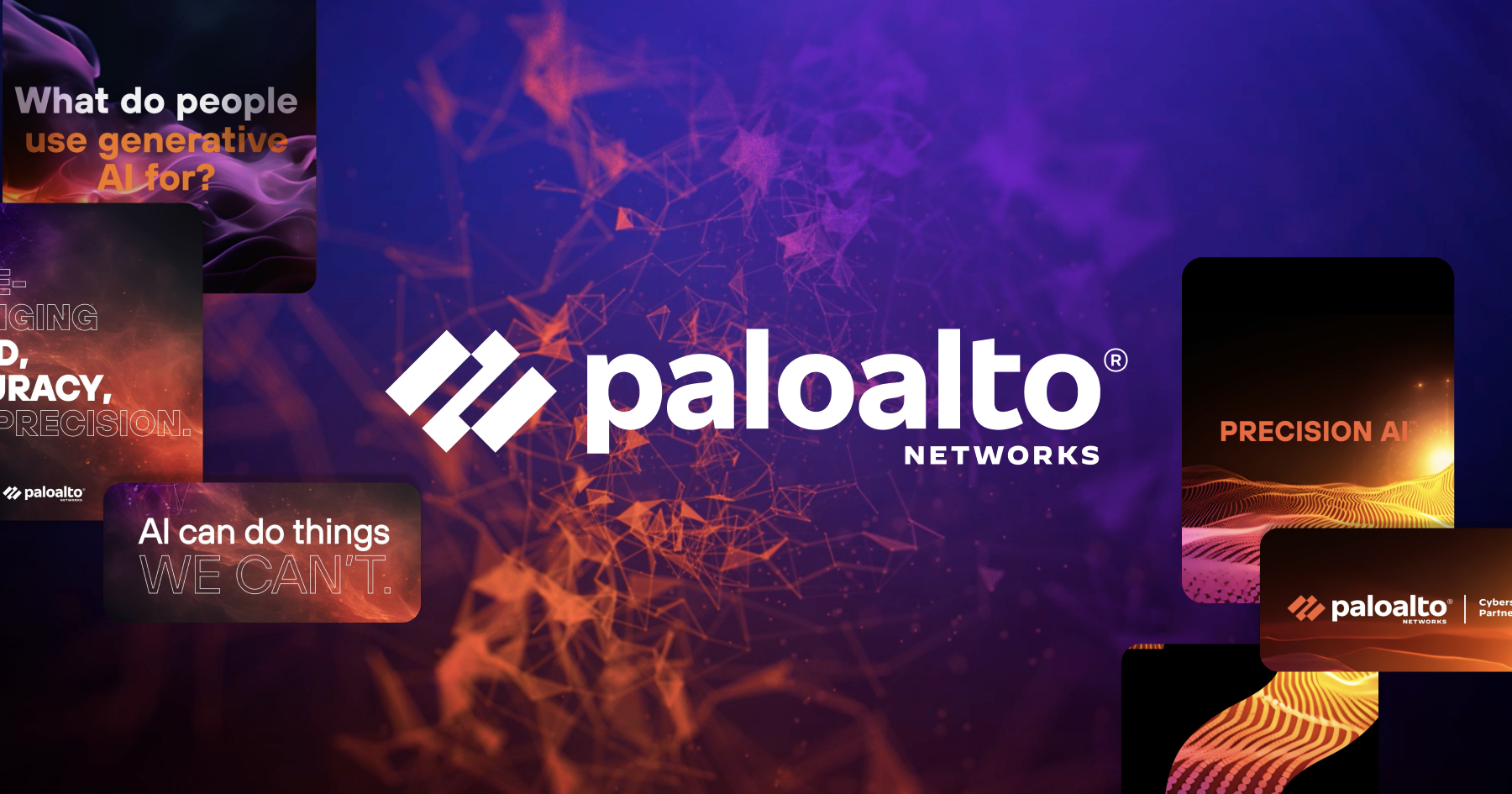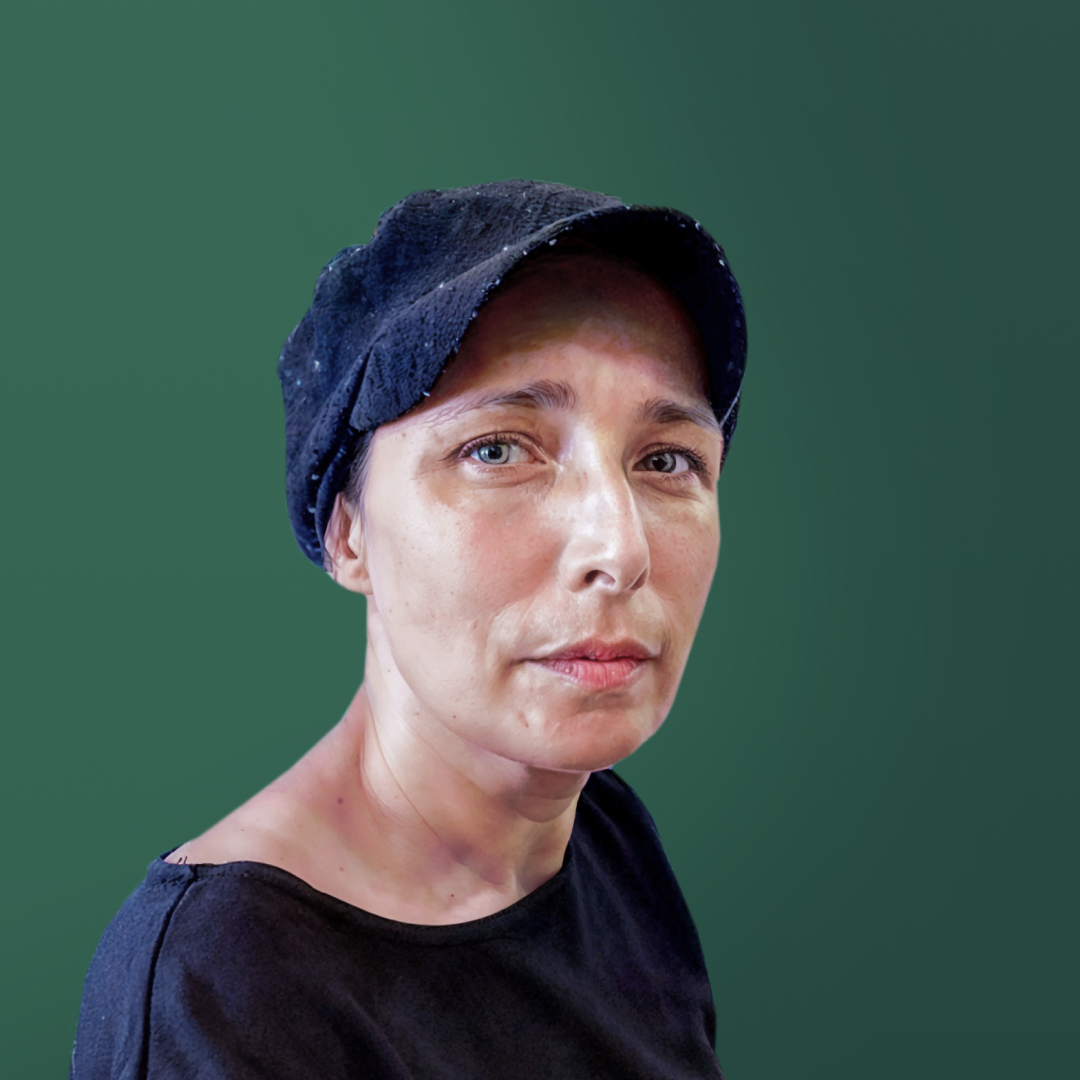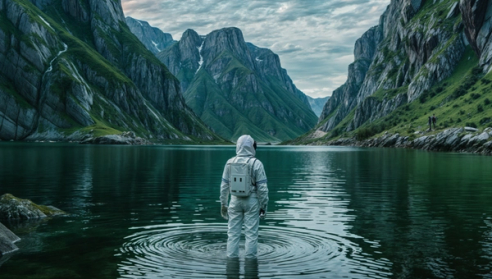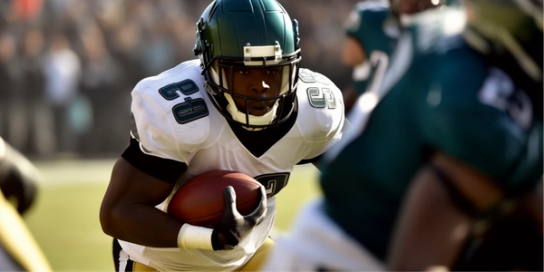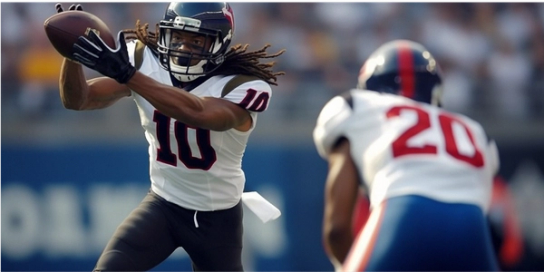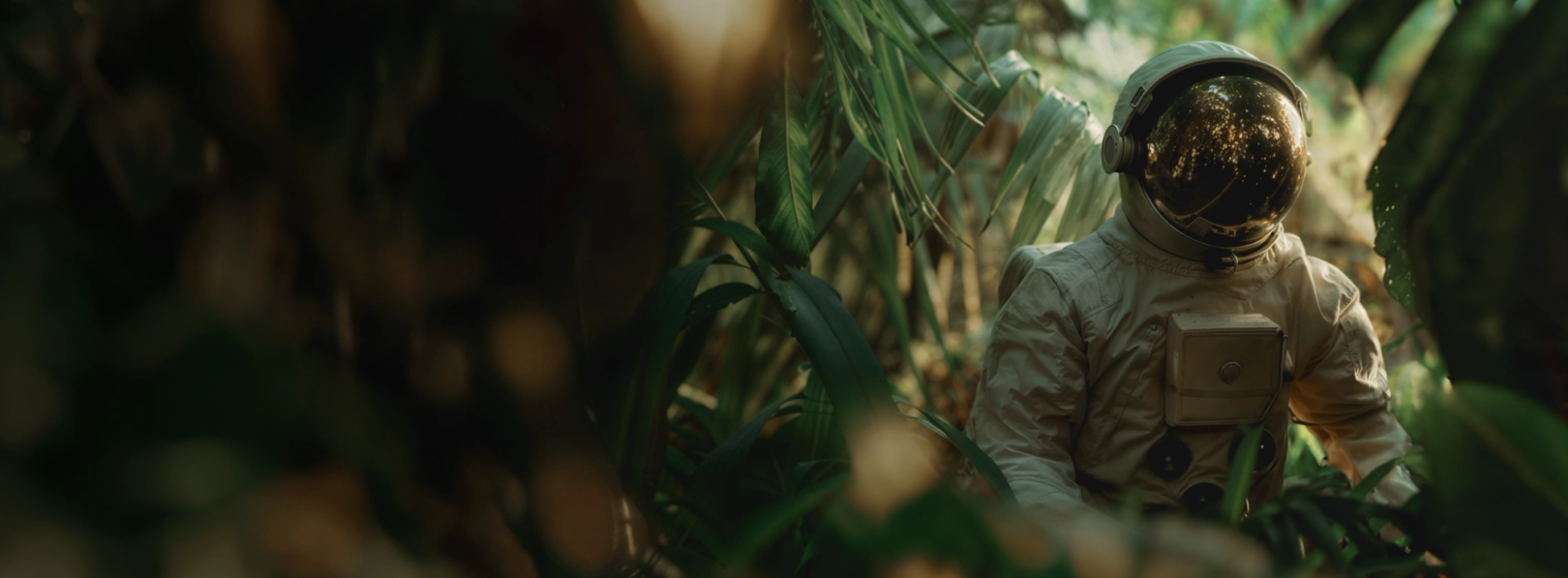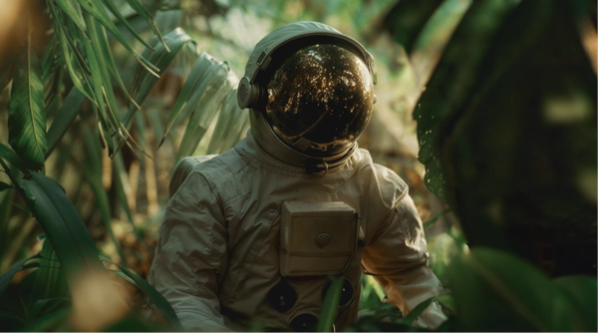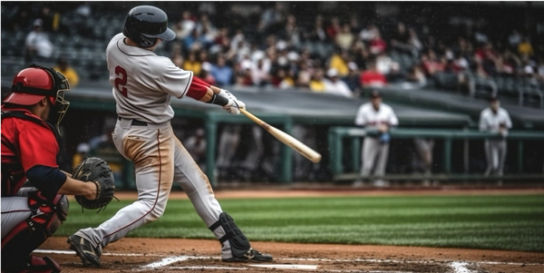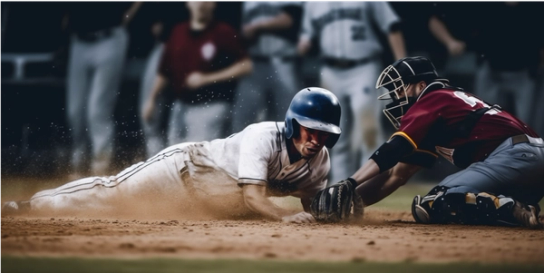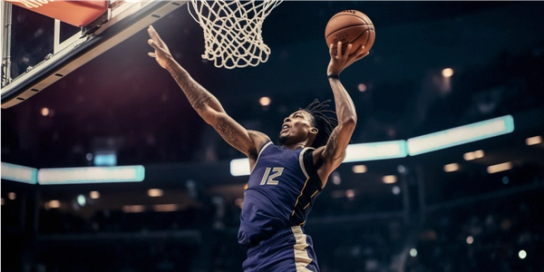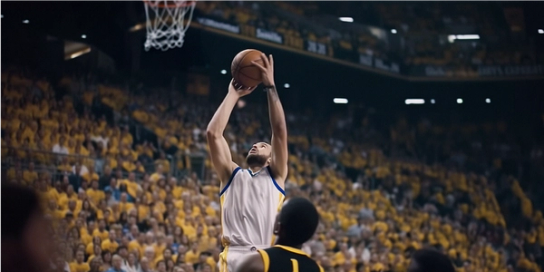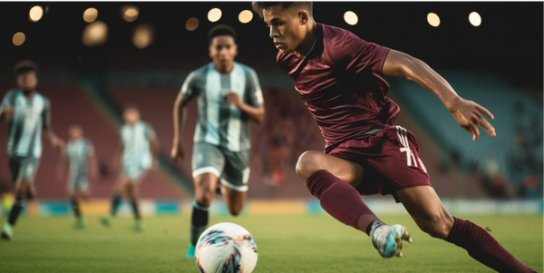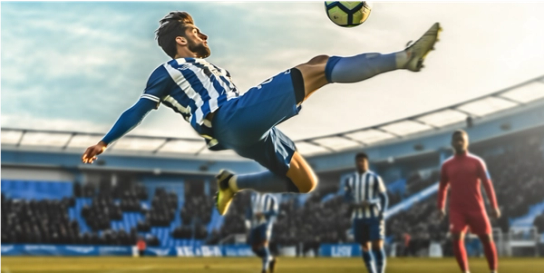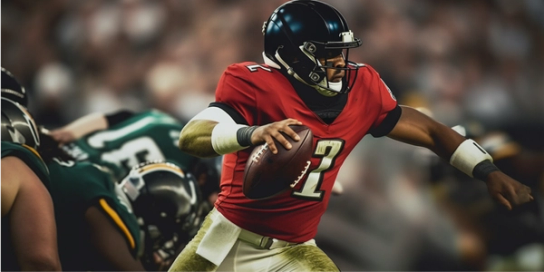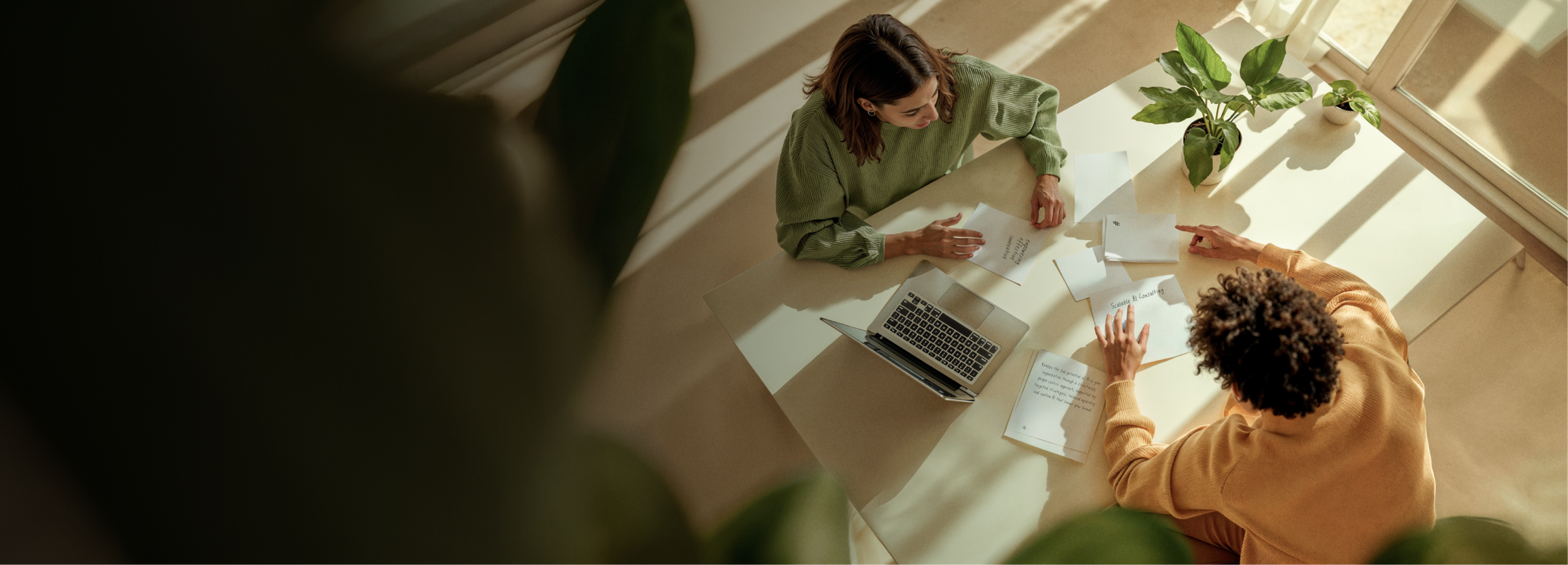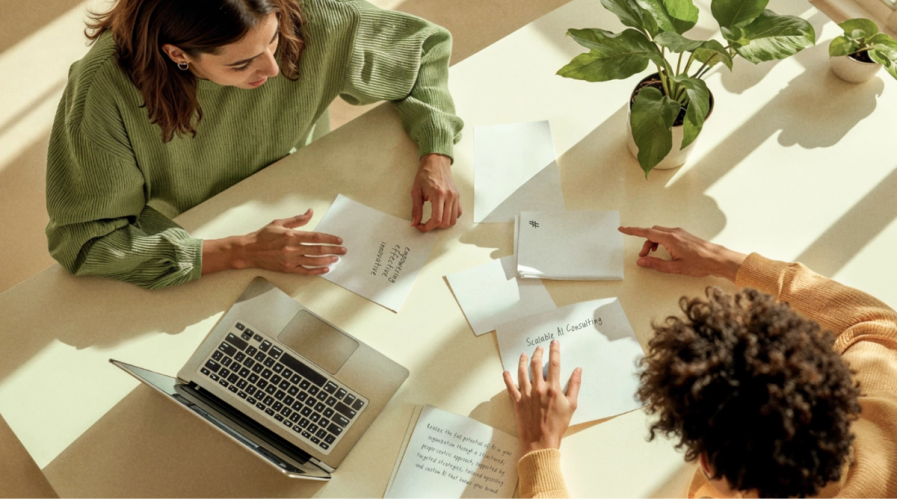Beyond the Brief: Developing AI-Generated Photorealistic Images

Picture this: SmartNews wanted use close-up visuals depicting various sporting events to make their digital banners more eye-catching and engaging. The first thought was stock photography, but it wouldn’t click for this use case. Could AI-generated photorealistic images be the answer? Let’s find out.
“A picture's worth a thousand words.” When advertising executive Fred R. Barnard coined this phrase in the 1920s, he probably wasn’t thinking about sports. But 100 years later, sports photography has created timeless images that connect us across sports, languages, cultures and borders.
From Muhammad Ali standing triumphantly over Sonny Liston to Brandi Chastain celebrating her 1999 FIFA Women's World Cup final winning penalty kick, these captured moments in time inspire future generations of athletes and fans.
This connection through photography was top-of-mind for the team at Tokyo-based SmartNews when they came to us with a campaign that required captivating close-up visuals depicting various sporting events.
Stock photography couldn’t deliver, but could AI? Ben Martinez, Senior AI Project Manager at Superside, says it was a challenge built for AI-powered creative services.
The Brief: Create a Library of AI-Generated Photorealistic Images
SmartNews needed on-brand images, and they needed a lot of them. We wanted to show that AI-generated photorealistic images were the right answer.

Launched in 2012 in Japan, SmartNews has become a leading go-to news aggregation app. It brings curated content from multiple sources to audiences in the United States, Japan, the United Kingdom, Canada, India and Australia.
SmartNews came to us with a bold vision for a new campaign. Its goal was to elevate its digital banners by incorporating captivating close-ups of sports events, including football (the American one), football (the real one everyone else plays) and basketball.
We’ve worked on over 500 AI-generated projects and learned a lot about creating unique and powerful images. To help SmartNews deliver on its campaign goals, our AI experts found an efficient, effective way to produce AI-generated photorealistic images.
Beyond the Brief: Boom Goes The Dynamite
Taking a photograph of a professional athlete in action is more than just clicking the shutter button. Photographers frame the photo, look for the right angles and lighting and wait to capture that action moment that fans remember for decades.
The same goes for AI-generated photorealistic images of sporting events, especially when you’re doing it at scale. This isn’t writing a prompt and producing images. Our team uses an iterative workflow that involves understanding the campaign requirements and goals, maintaining a consistent brand identity and keeping up with the constant evolution of AI image generation and post-production tools.
Sometimes, I forget how much we actually know. So much has happened in the last year, not just in the projects we’ve done but also in the advancements in technology. It feels like it’s been years, not months.

Framing the photos by defining the brand
We started by digging deep into the SmartNews brand. It’s the foundation for every step, from crafting the prompts to post-production work on the AI-generated images.
SmartNews had a photographic style they used for its brand, so we used that to pull out key aspects like the tone, framing and lighting to use a style reference to generate on-brand photorealistic assets.
In the early days of AI, prompt writing for tools like Midjourney and DALL-E was pretty formulaic and limited. Today, you can literally write a paragraph explaining what you want to generate, and the generated assets will be closer to what you need in a finished product.
You can pick the type of camera, film, coloring and film stock. You can even set the time of day that you want the image to reflect. You've got a lot more control, but you still need to have an idea of what you want in the final product.
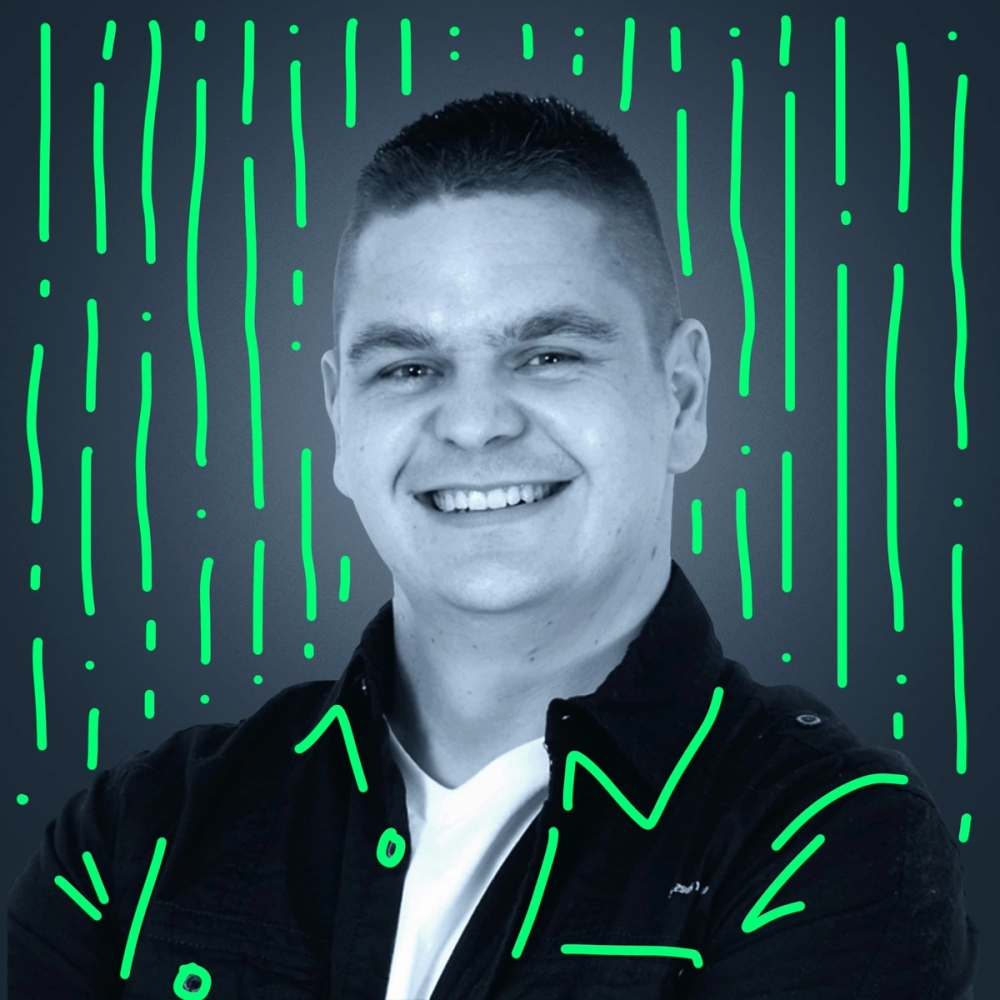
Here’s an example of a prompt we used for the campaign.
A cinematic scene from an NFL football game, big hit, between two teams, close up shot that captures in ultra detail on Fujifilm GFX 100 using a Nikon AF-S NIKKOR 70-200 mm f/2.8E FL ED VR aperture of f/8 --ar 2:1 --s 800 --v5.1
Overcoming AI quirks with a human eye for detail
One of the biggest challenges with generating images with AI is controlling the details. If you’ve scrolled through social over the last year, you’ve probably seen how bad AI can be at simple things like human fingers or text. AI can also ignore some parts of the prompts, like when we told it not to include team logos or league badges.
SmartNews didn’t want any logos or badges in the images. However, the AI tools would randomly generate images with logos and badges. That’s when post-production work comes in.

We solve for this by checking each image for artifacts the customer does not want in the final product, using Adobe Photoshop to make the corrections.
Because of the power of the brands associated with sports, the AI tools would include logos on the clothing. I had to cross-check with actual images, looking at where logos would be and then removing them during post-production.

That’s only the logos and badges. We look at other “weird” artifacts as part of the post-production process. AI-generated photorealistic images can fool you at first look. We made sure to zoom in and check fingers, fingernails, teeth and other details.
You have to really zoom in and make sure that the teeth look somewhat realistic. That’s the trade-off with a standard photo shoot. You don't have to worry about that because it's a real person.

Quick Takes: Creating Photorealistic Images With AI
Is it real, or is it Memorex? With our AI process, that question is harder to answer than ever. We helped SmartNews get the details and lighting essential in stellar sports-themed photography to use in its campaign. In just four hours, we presented over 150 unique image options.
What did we learn?
- We’ll fix it in post. Even though AI can generate highly realistic images, post-production work is still needed. Fine-tuning details like hands, eyes, fingernails and teeth is crucial, as AI image-generation tools still struggle with these elements.
- Pick the right tool—or tools. Not all AI tools are equally good at generating photorealistic images. AI design tools like Midjourney, DALL-E and Leonardo excel in creating realistic images, while others may be more suited for illustrations. Most of these tools are built on the Stable Diffusion library, which provides a foundation for generating high-quality photorealistic images.
- Iterate your prompts. Then iterate again. Crafting effective AI prompts has evolved from simple commands to more complex, detailed instructions. Developing a prompt library and teaching the tools your brand by uploading the right references helps streamline the process, ensuring consistent, high-quality results.
- Keep things on brand. Generating images with brand consistency was a challenge at first. By analyzing and referencing existing brand images, AI tools are getting much better at accurately applying styles and tones, making it easier to generate on-brand images.
- You can’t set it and forget it. Every AI-generated image needs a human to review it. That’s the only way to ensure that the image quality and brand consistency.
One of the best things about working with AI is that we learn something new every day. It’s an iterative process that lets us push our creative boundaries while delivering the assets our customers need to connect with and inspire their audiences.
We’re constantly blown away by the realism we can achieve with AI. Ready to push your creative limits? Book a call with our team today!
Michelle enjoys learning from and empowering ambitious marketers and creatives focused on scaling design and fueling growth.🚀 With more than two decades of experience, she’s worked at both agencies and in-house teams at companies of all sizes in the United States and Canada. She began her career as an advertising copywriter, remastering these skills as a content marketer and becoming a subject matter expert on everything from frozen pies and financial statements to SaaS and now CaaS. Connect with her on LinkedIn.
Alex is a freelance writer and newsletter aficionado based in Waterloo, Ontario. When he’s not writing for clients, he’s putting together TL;WR, a weekly culture and events newsletter his mom says is excellent. Alex has worked with some of Canada’s largest tech companies in PR, marketing and communication roles. Connect with him on LinkedIn to chat or get ideas on what to do this weekend in Waterloo.
You may also like these

The Creative Struggle for Meaning in the Age of AI Adoption
Imagine being a painter in the 1840s, with people traveling for weeks to be immortalized by your delicate brushwork. As you finish your latest masterpiece, adding final details, a commotion catches your attention.Outside, people marvel at a new invention—a sturdy black box that captures reality in minutes, with more detail than any painting could achieve. You feel a shiver down your spine. If just pressing a button can do what you can, what are you here for?AI adoption has come to disrupt not only every industry, from medicine to finance to marketing, but also our daily lives. Large Language Models (LLMs) began as thought partners, capable of generating text in any language, tone or style, offering fresh ideas, planning support or even challenging your thinking. Then, other types of Gen AI like image generation, voice, music and video enhancement and other tools, emerged. What used to take long hours or days (maybe months) and specific skills, is now achievable by knowing how to prompt effectively and trial and error.Our AI Consulting Team surveyed over 800 creatives from 80 different companies and more than 10 countries. We listened to their thoughts and concerns on this new wave. By now, we have a much clearer understanding of how they think and feel about their work, and the changes AI is introducing into their workflows and their lives. Here are some of the results.
Beyond the Brief: All the Buzz About AI-Powered Ads
Global agricultural technology leader, Syngenta uses science to advance crop production. However, even the most cutting-edge innovations must work in harmony with nature. Attracting pollinators, like bees and butterflies, Operation Pollinator helps boost crop yields.But what does this have to do with using AI for ad creative? When guided by human ingenuity and expertise, AI is a catalyst that lets you quickly explore and refine ideas.Learn how partnering with Superside helped Sygenta speed concepting and nurture the storytelling of these groundbreaking ads.The Brief: Promoting Operation Pollinator To kick off the project, Syngenta shared an existing Operation Pollinator explainer video. There were no static images for this initiative, which meant the creative team was starting from scratch. Vidrio and Montelongo had a blank slate, a lot of freedom and only two days to complete the entire project.
Responsible AI: What Enterprise Brands Need To Know
Responsible AI isn’t just about what is legally allowed, it also speaks to the core of your brand identity, leading you to ask: What’s important to you as a brand? What are the things that make your brand truly unique?To empower you to take fundamental actions to ensure an effective approach to AI adoption that aligns with your brand’s core values, I'll take you through a high-level overview of why responsible AI is important, explain how to make crucial decisions and share examples from brands that have tackled these same questions.For many of our enterprise customers, the impact of using generative AI to produce marketing and advertising creative extends far beyond productivity gains—it helps your brand to stand out in a crowded marketplace, lets you iterate faster than your competitors and achieve your business targets.Whether you're an established leader or steadfast category disrupter, the way you roll out any initiative defines you. AI integration is no different, which is where the concept of practicing responsible AI comes in.Practicing Responsible AI: Purposeful Actions for Enterprise Brands




